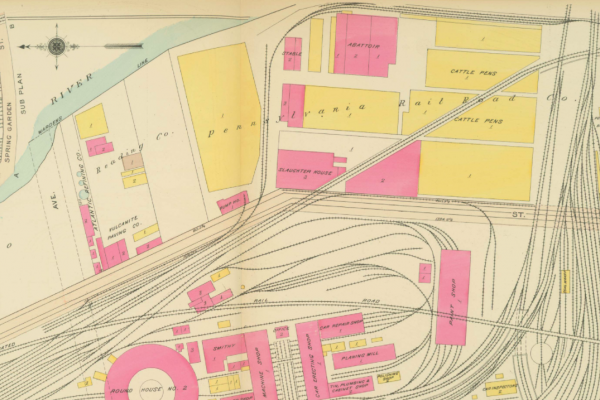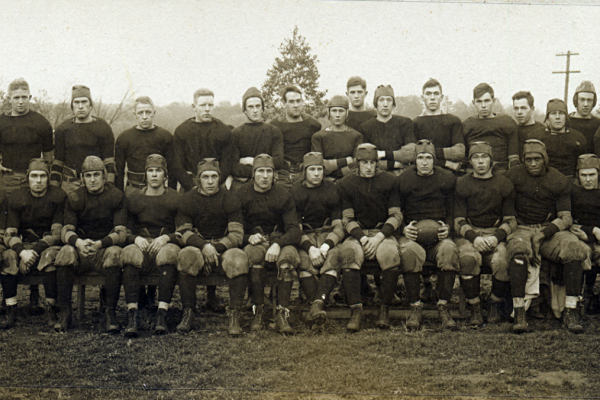Advanced Search
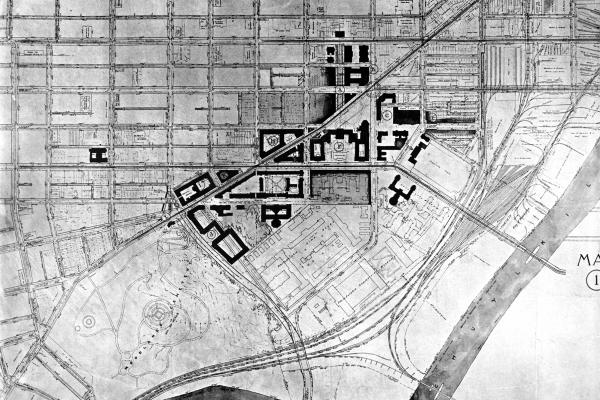
The expansion plan for the University of Pennsylvania proposed by Paul P. Cret and the Olmstead Brothers in 1913 was the first to recommend the campus cross Woodland Avenue.
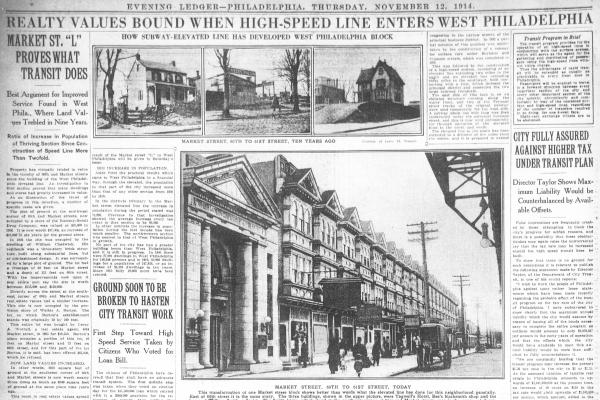
The Philadelphia Evening Ledger illustrated the Market Elevated's impact on West Philadelphia's growth by juxtaposing a 1914 photograph of Market Street at 60th Street station with photographs of the area taken before the start of track construction in 1904.
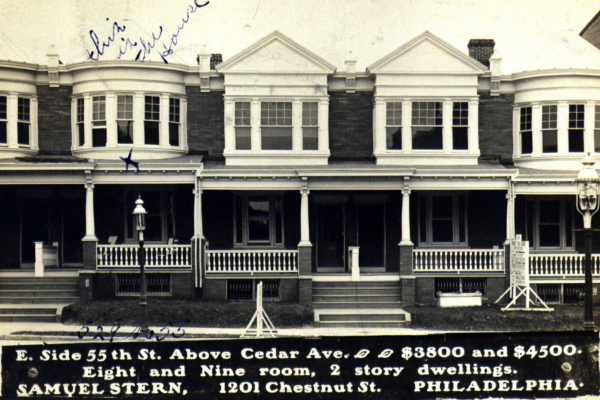
A postcard advertising rowhouses for sale in 1914, just two years before Philadelphia experienced a severe housing crisis.
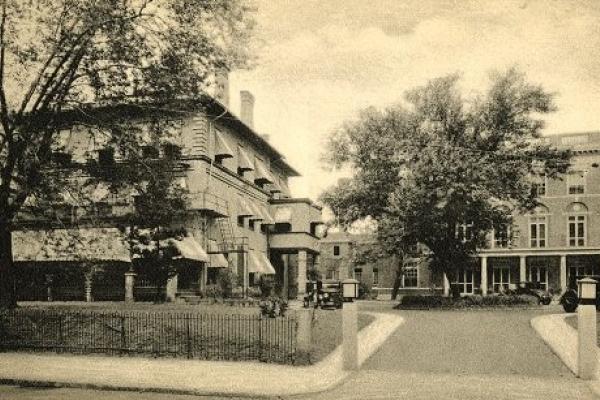
This hospital was established by women for the treatment of women, operated from 1888 on a block between Parrish and Ogden streets west of 40th St. The hospital specialized in maternity cases and obstetrics. It was incorporated into the University of Pennsylvania in 1964.
The University Museum of Archaeology and Anthropology was built on former almshouse property across Vintage Avenue from HUP and several blocks west of the almshouse and its hospital buildings. The Museum opened in its first phase in 1899; the rotunda was completed in 1915.
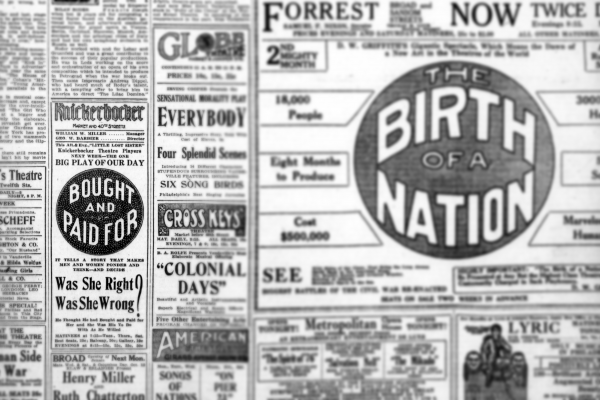
A 1915 Evening Public Ledger advertisement for Knickerbocker Theatre's production of "Bought and Paid For." The play was typical fare for the Knickerbocker—seemingly scandalous but ultimately reinforcing traditional middle-class values.
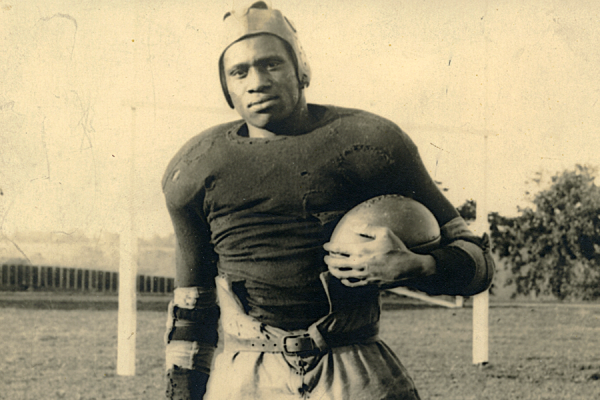
From 1915–1919, Paul Robeson, known on campus as “Robey,” was an outstanding football player, a rugged defensive end and two-time All-American, widely hailed as the best of his generation.
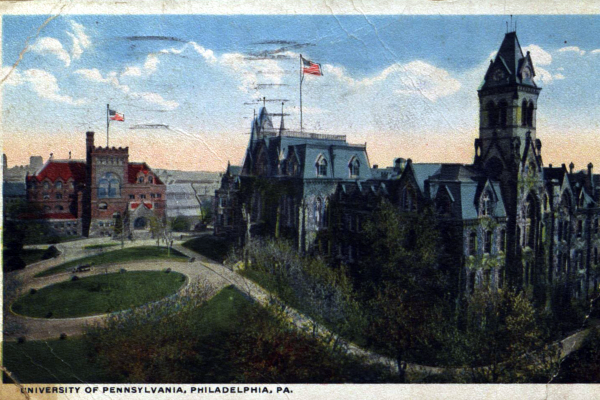
Postmarked on August 25, 1916, this postcard foreshadowed the next century of expansion when describing the University as a place "where some 30 buildings have been erected and are constantly increased."
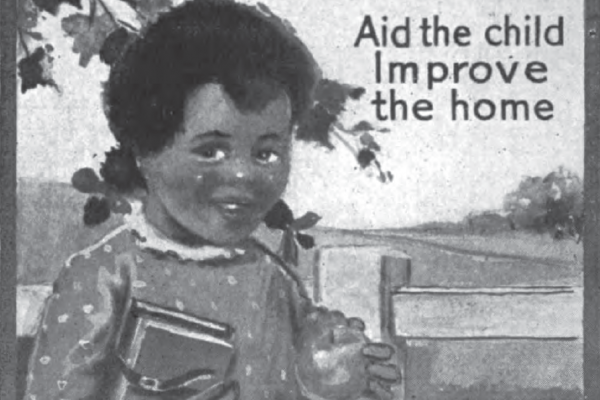
A stamp created by the Armstrong Association of Philadelphia as part of a 1917 campaign to raise funds for education initiatives.
